Fair Use Clauses & Non Fungible Tokens
Traverse Legal Blog
OCTOBER 20, 2022
Non fungible tokens (NFTs) , the latest vehicle for capturing, linking to and licensing intellectual property. NFTs are being used in all forms of entertainment, gaming, art and science. Linking your copyrighted work to a NFT and recording ownership on the blockchain shows provenance or immutable ownership.



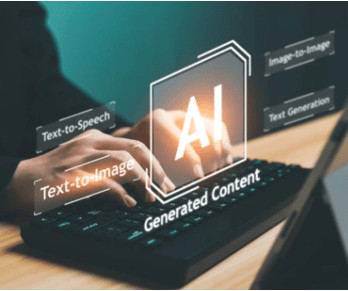

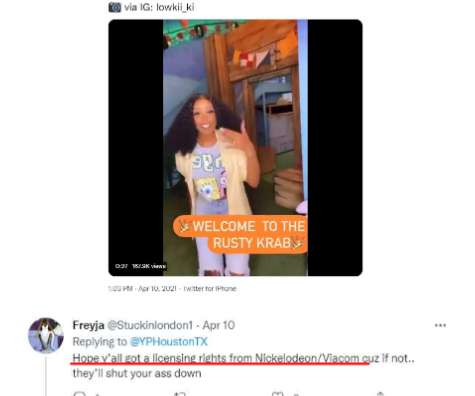
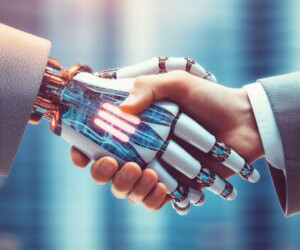
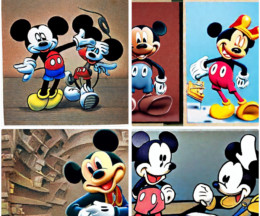
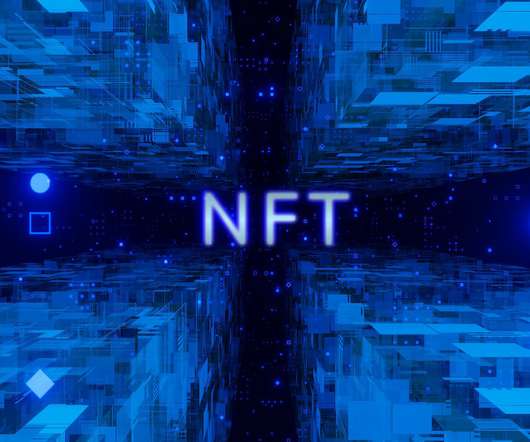
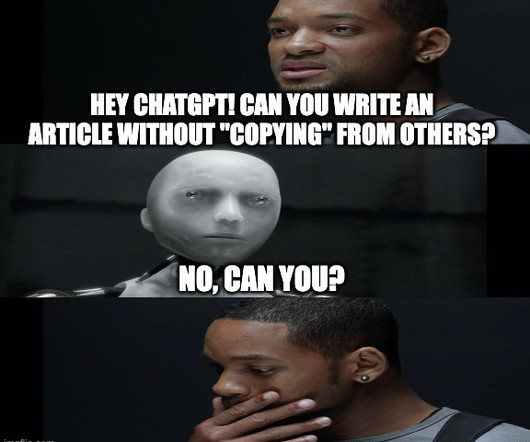

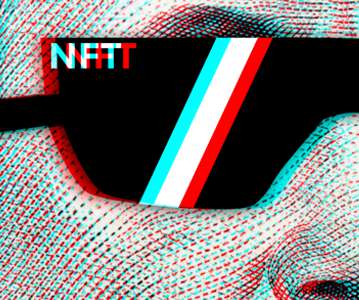






Let's personalize your content